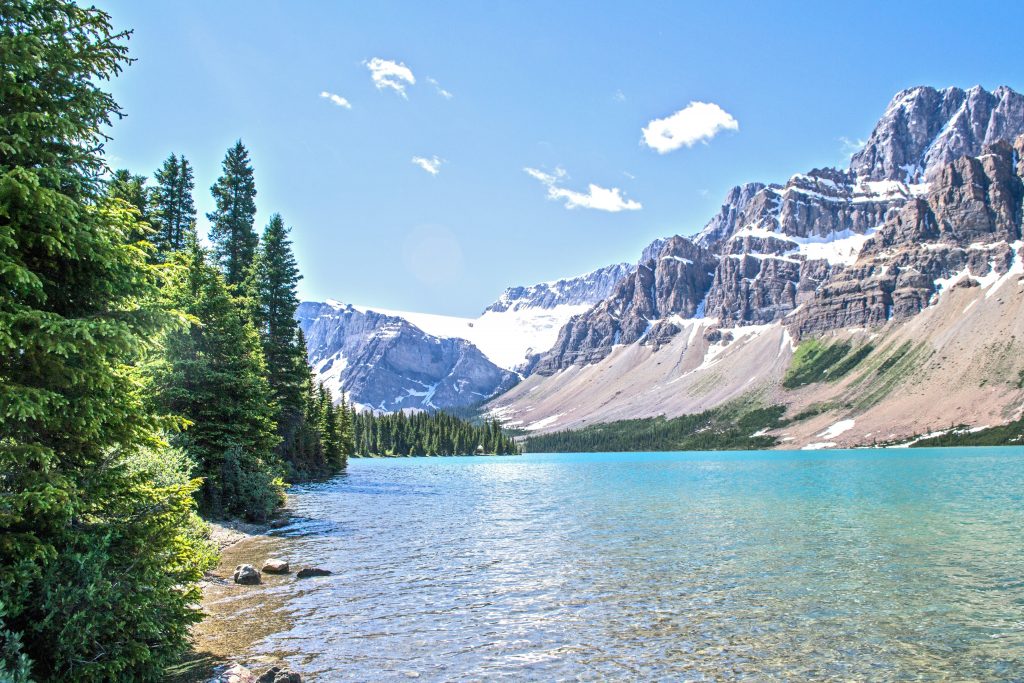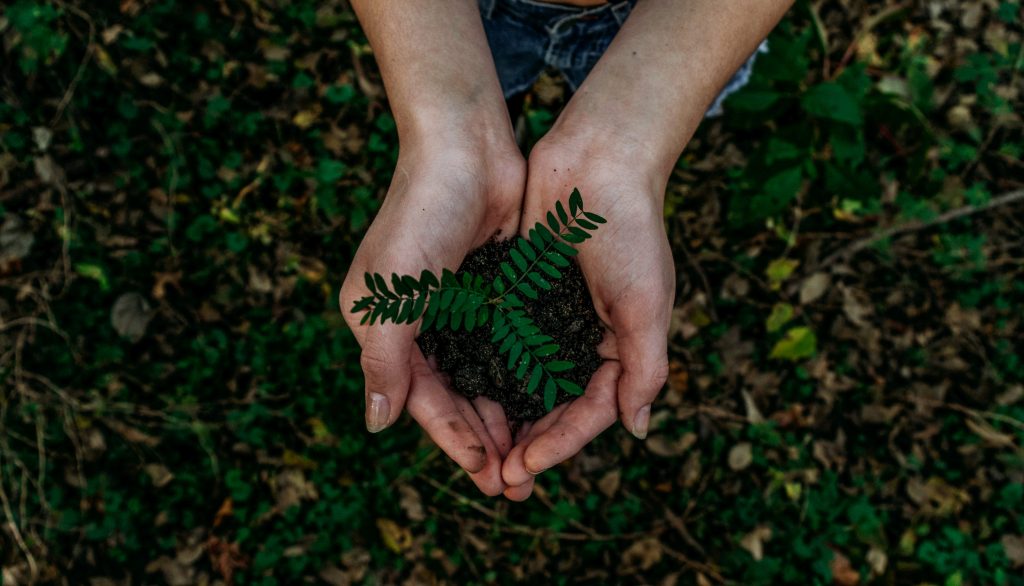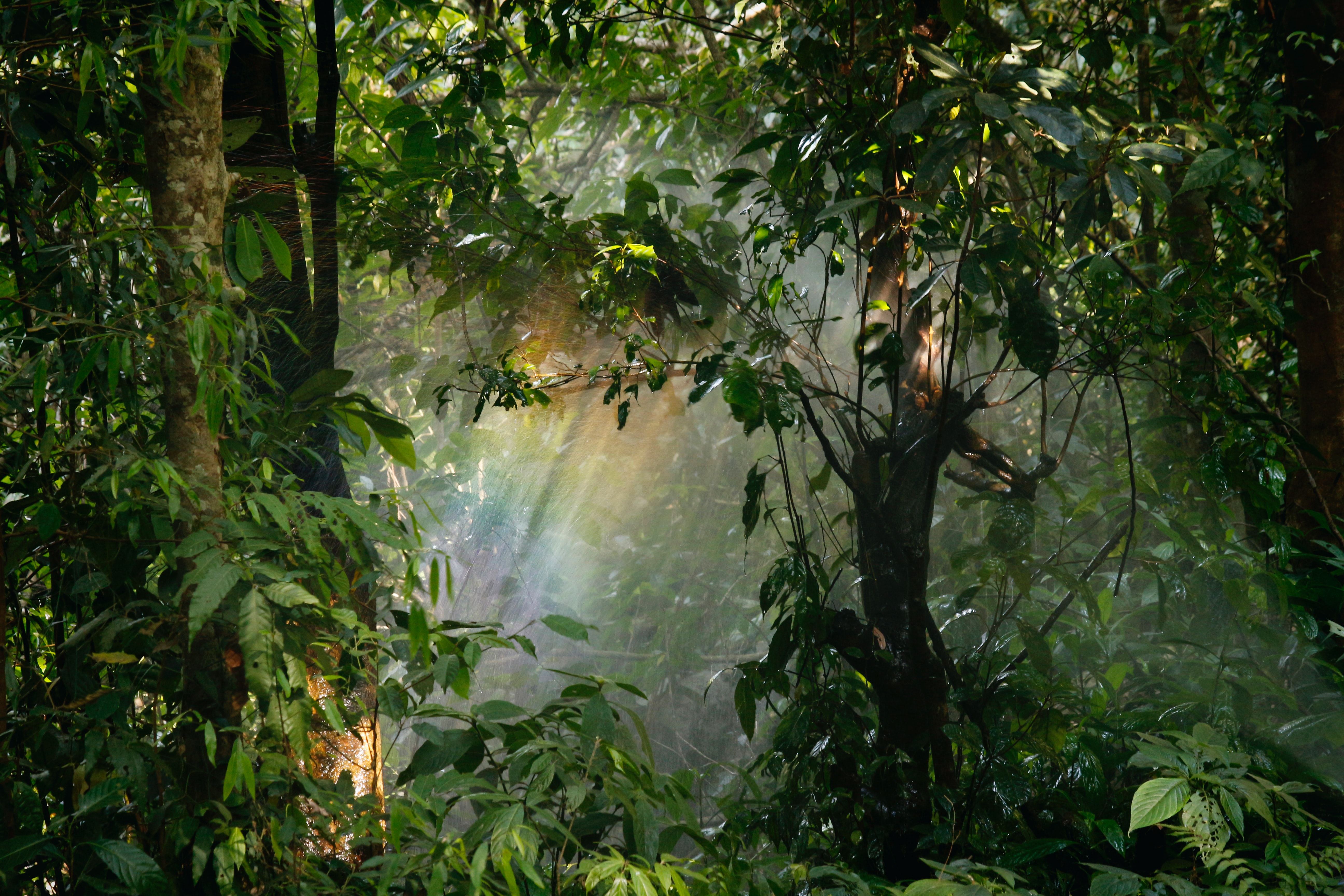Vegetation in general terms refers to plants that are found in a particular region or a habitat. Vegetation comprises all the plants from evergreen forests to grassy meadows and croplands. All these plants play a huge role in both the water cycle and the earth’s energy balance.
Effects on the climate

With almost 20% vegetation covering our planet, it is no surprise that the plants affects the climate. Vegetation covers a considerable portion of the earth and has an effect on weather and climate.
Wolfgang Buremann, a geographer at Boston University once said “Plant growth can have a considerable effect on the climate.”
Vegetation affects the climate because it influences the reflection of solar energy from the Earth’s surface and the amount of water vapor in the atmosphere.
Similarly, vegetation plays a huge role in energy balance and water cycle through evaporation and transpiration.
Vegetation control the temperature and humidity of their surroundings by emitting and absorbing the energy which drives the climate.
Correspondingly, plants produce their own micro-weather by controlling the humidity and temperature. They also helps in keeping our climate stable over time by offsetting temperature and moisture fluctuations though transpiration.
Likewise, plants use carbon dioxide during photosynthesis offsetting the amount of greenhouse gas being released in the atmosphere through the burning of fossil fuels.
When the surrounding atmosphere heats up, plants often releases excess water into the air from their leaves. By releasing evaporated water, plants cool themselves and the surrounding environment.
Many researchers believe that because of this process plants have sizable impact on the global climate and will continue in the coming future.
But why should we care?

Many researchers have claimed that changes in vegetation could either serve to worsen or hamper on global warming. If the increased temperature and carbon dioxide levels of the Earth cause vegetation worldwide to flourish, plants could draw down more carbon dioxide. Thus, reduce the impact of the greenhouse effect.
On the other side, global warming causes widespread drought. The loss of vegetation may result in even higher surface temperatures.
However, humans are altering the vegetation on the earth, which is impacting the earth, weather and climate.
Likewise, human activities such as deforestation affects transpiration, evaporation and reflection of solar energy. As a result leading to a negative effect toward the Earth and the climate.
In order to lessen these kinds of effects, humans must get considerably aware about the fact that preserving the plants and trees around us can save the Earth.
Rather than eradicating the natural plants and trees around us, we should emphasis on making our surrounding full of greenery and vegetation.









